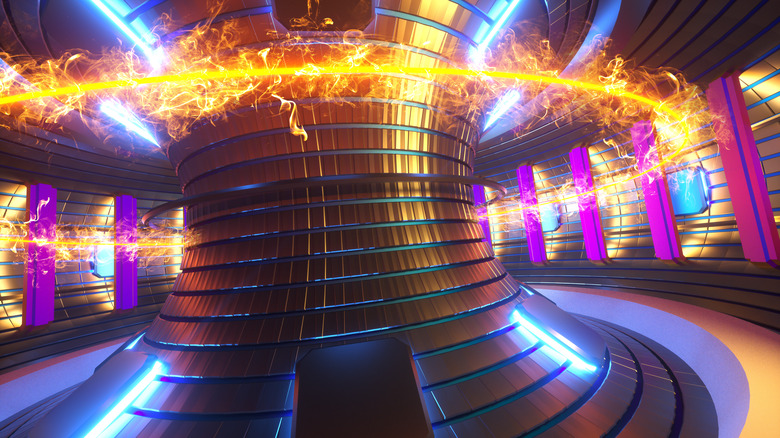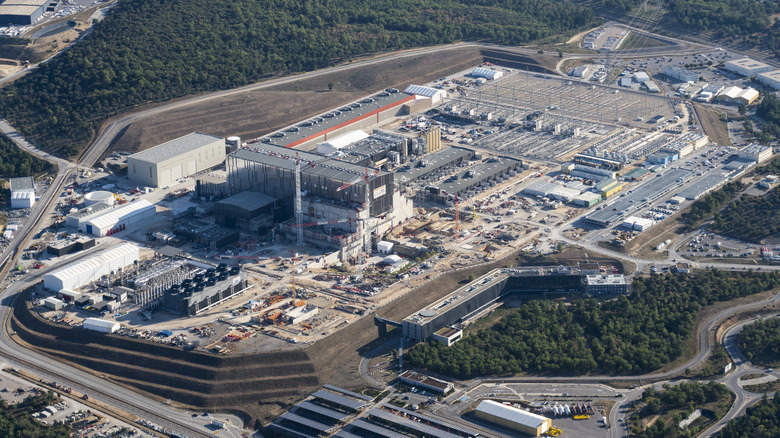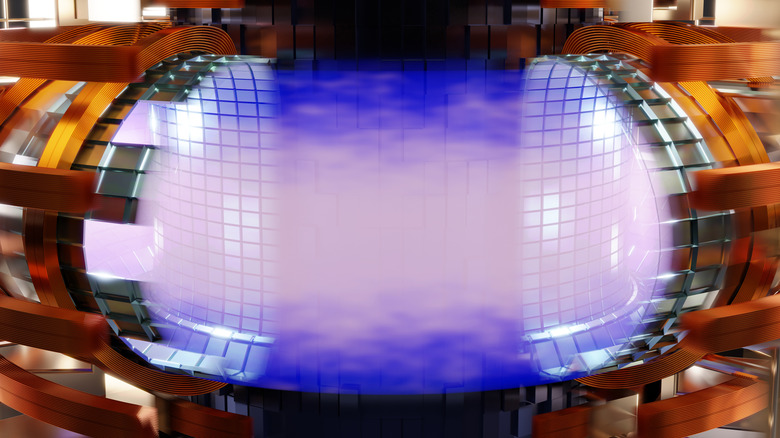The Largest Human Project Ever Just Entered Its Final Reactor Phase
In the heart of Provence, Southern France, the world's largest fusion energy experiment, which could be a step towards unlimited energy, has quietly entered perhaps the most critical stage yet. The ITER project, an international collaboration decades in the making, is now assembling the reactor core. This is a milestone that signals the project is moving from construction to the machine build-out. After years of civil engineering, delivery of components, and careful integration planning, engineers have begun the delicate process of putting together the inner heart of this prototype fusion power plant. This is not only a technical feat but a symbolic turning point where humanity is attempting to replicate the very process that powers the Sun on Earth.
What happens in the coming months, as parts are slotted, aligned, and welded, will shape whether ITER succeeds in reaching its first plasma and laying the groundwork for commercial fusion use. The project has long been described as the largest human scientific undertaking, perhaps even larger than the first moonwalk. Once again, science unites nations, laboratories, and industry across continents with a shared ambition. With the reactor core now under assembly, ITER is entering its final, and riskiest phase.
ITER
The International Thermonuclear Experimental Reactor, better known as ITER, is the flagship effort to demonstrate that fusion, that same process that powers stars, can be harnessed at scale on Earth. Previously, China also conducted nuclear fusion tests that burned even hotter than the Sun and showed promising results. Under construction in Cadarache, in France, ITER is a joint undertaking by seven major members: the European Union, China, India, Japan, Korea, Russia, and the United States. Each member contributes by manufacturing and delivering components and systems. This approach ensures global industrial engagement and shared ownership. But it also allows the project to not depend on a single source of funding. The European share constitutes the largest portion of construction responsibility (roughly 45.6%), with the remaining members each providing about 9.1%.
From its inception in the mid-1980s, ITER has evolved into a massive engineering enterprise. Its purpose is not to deliver electricity (at least not immediately) but to test the scientific, technological, and engineering feasibility of a reactor-scale fusion device. It needs to sustain a burning plasma, validate systems such as superconducting magnets, heating, diagnostics, tritium breeding, remote maintenance, and to provide a stepping stone towards demonstration power plants.
In its revised schedule (as of early 2025), ITER targets first operation, with hydrogen and deuterium plasmas, by the 2030s. Full magnetic capability is planned to be achieved by 2036. Ultimately, a deuterium-tritium experimental phase would start around 2039. Beyond ITER itself, the vision is to follow with the DEMO reactor, which bridges towards commercial fusion in the latter half of the 21st century.
The core assembly
In recent months, engineers at ITER have begun assembling the reactor core. This is the central tokamak structure that will house and confine the plasma. This core assembly phase involves aligning and integrating major magnetic coils made from superconductive materials, vacuum vessels, support structures, central solenoids, and inner components. One of the most critical and complex elements, the central solenoid magnet, has recently been declared complete. This part of the core reactor is also referred to as the "beating heart" of the machine, and is now ready to be delivered and installed in ITER. In parallel, the vacuum vessel, made of nine sectors that form a toroidal chamber, is being assembled under contract by industrial partners. A $180 million contract awarded to Westinghouse Electric Company will see them weld and join these sectors into a unified vessel capable of containing plasma.
The core assembly process is a delicate ballet of precision engineering. Submillimetric tolerances, alignment, thermal contraction, cryogenic conditions, and integration with the plant system must all be accounted for. Each component arrives from domestic agencies around the world and is carefully staged, inspected, and integrated. As this phase progresses, the project edges closer to its transition from construction to commissioning. The stakes are high: successful core assembly is a critical gate on the path towards the first plasma. The delays or misalignments could ripple into years of postponements or technical rework. With the reactor core now under active construction, ITER is arguably entering its final major hurdle, one whose outcome could define whether fusion energy becomes humanity's next great technological leap.


